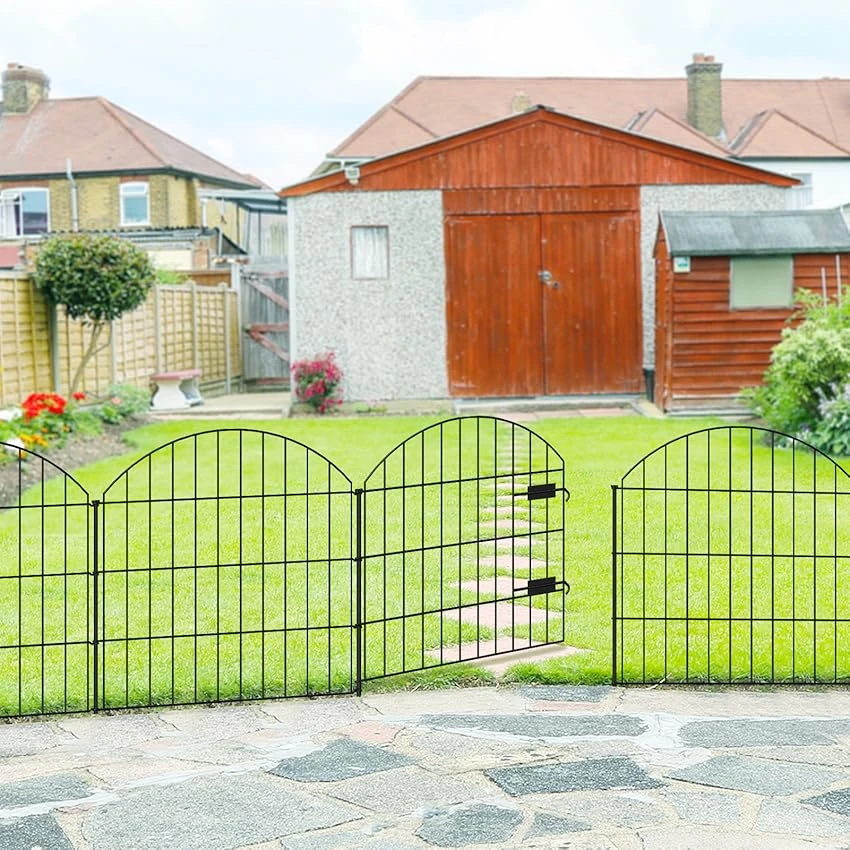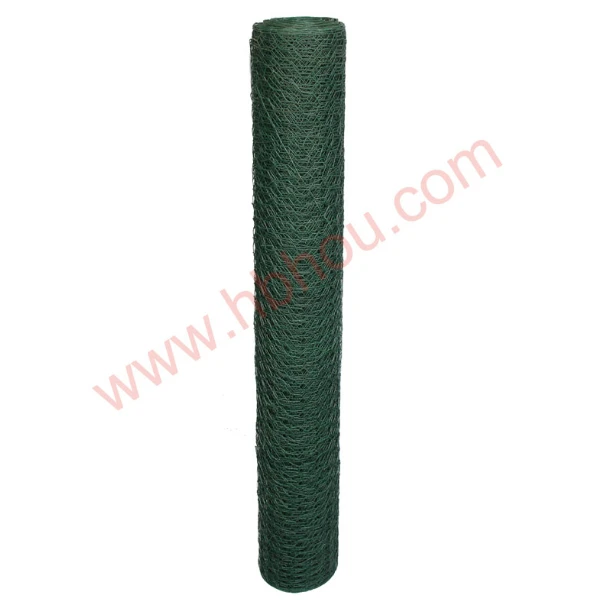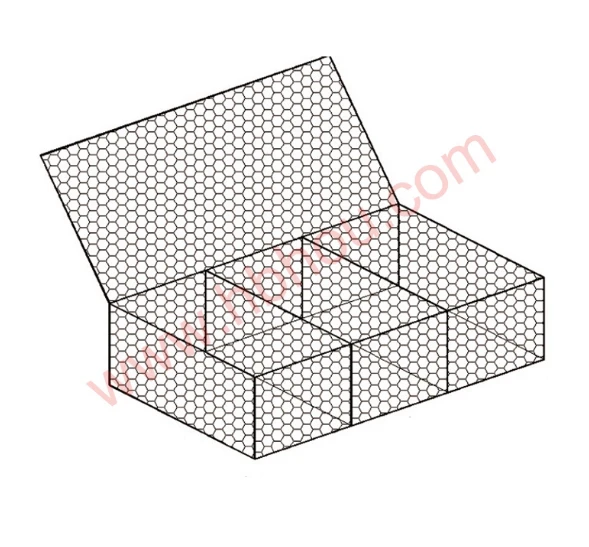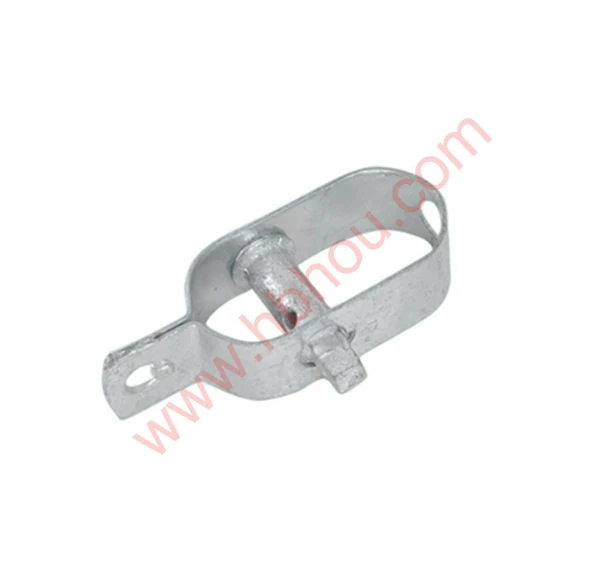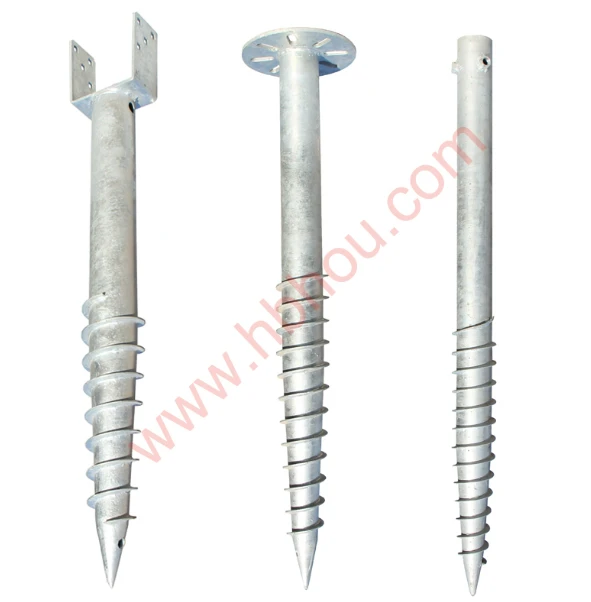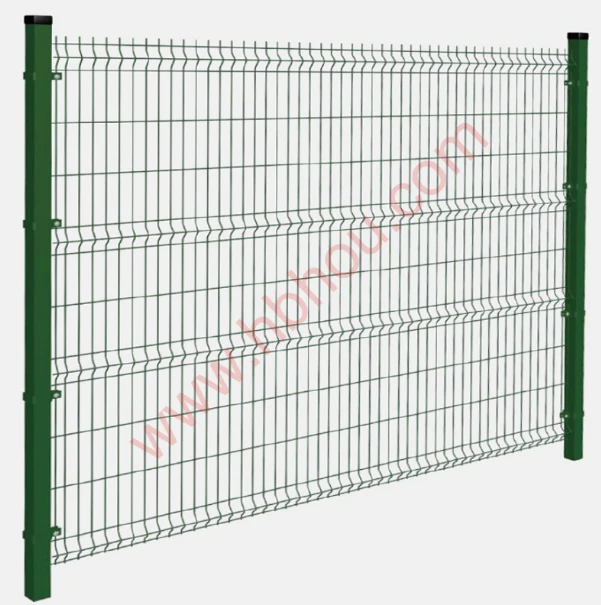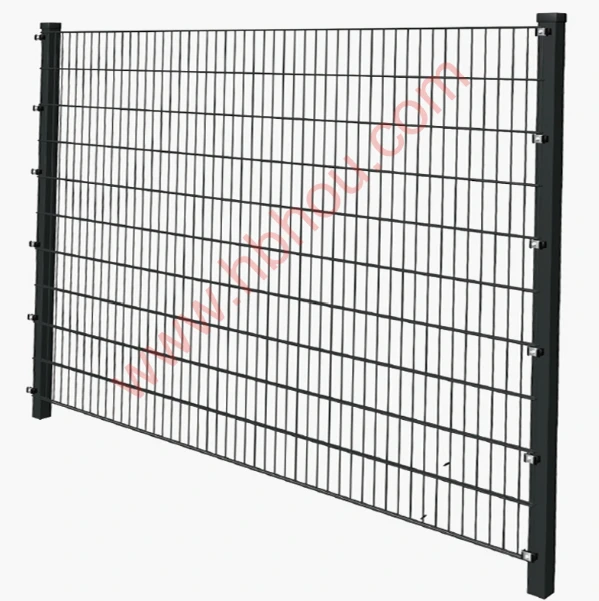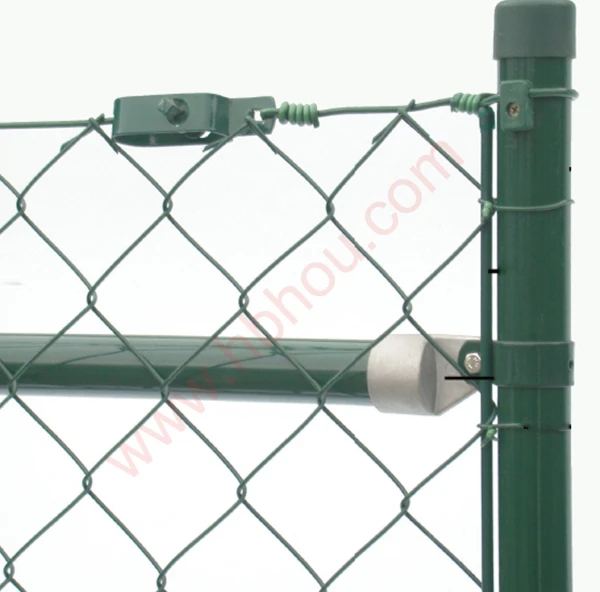Explore Effective Solutions for Secure Anchoring
When it comes to securing poles—whether for fencing, power lines, or other structures—choosing the right pole anchor is essential for stability and durability. This guide explores the different types of pole anchors, including power pole anchors and various pole anchor systems, to help you make informed decisions for your project.
Types of Pole Anchors
Basic Pole Anchor: A fundamental pole anchor is designed to secure a pole in place by embedding it into the ground. These anchors are typically used for lightweight poles or in soil conditions that provide adequate support. Basic pole anchors are often used in residential fencing and small-scale applications.
Ground Screw Anchors: These anchors are screwed into the ground and are suitable for a range of soil types. They provide strong, stable support and are often used for applications requiring quick installation and minimal digging.
Concrete Footings: For more substantial stability, pole anchors can be set in concrete footings. This method involves digging a hole, placing the pole in the hole, and filling it with concrete to set the pole securely. This option is ideal for heavy-duty applications and provides excellent long-term stability.
Power Pole Anchors
Power pole anchors are specifically designed to secure utility poles, such as those used for electricity or telecommunication lines. These anchors need to withstand significant forces and environmental conditions. Key features of power pole anchors include:
Heavy-Duty Construction: Power pole anchors are typically made from robust materials like steel or reinforced concrete to handle the weight and tension associated with utility poles.
Deep Installation: These anchors often require deeper installation compared to standard pole anchors to ensure stability and safety.
Specialized Designs: Power pole anchors may include additional features such as guy wires or bracing systems to further stabilize the pole and distribute forces.
Pole Anchor Systems
Pole anchor systems refer to comprehensive setups designed to securely anchor poles in various environments. These systems often include multiple components for enhanced stability and support:
Anchors and Supports: A complete pole anchor system may include a combination of anchors, supports, and bracing elements. This setup provides enhanced stability and ensures that poles remain upright under various conditions.
Guy Wire Systems: For additional support, especially in high-wind or high-load situations, guy wire systems can be integrated into the anchor system. Guy wires are attached to the pole and anchored to the ground to provide extra stability.
Adjustable Systems: Some pole anchor systems offer adjustable components, allowing for modifications to the anchor's depth or angle based on specific project needs.
Choosing the Right Pole Anchor
Load Requirements: Consider the weight and load requirements of your project. Heavier poles or those subjected to significant environmental forces will need more robust anchor solutions.
Soil and Ground Conditions: Assess the soil and ground conditions where the pole will be installed. Different types of anchors are suited for various soil types, from loose sand to dense clay.
Installation and Maintenance: Choose a pole anchor system that matches your installation capabilities and maintenance requirements. Some systems may require professional installation, while others can be installed with basic tools.
Environmental Factors: Consider environmental factors such as wind, water, and soil erosion. Ensure that the anchor system is designed to withstand these conditions over time.
Conclusion
Selecting the appropriate pole anchor is crucial for ensuring the stability and longevity of your pole installation. Whether you need a basic pole anchor, a specialized power pole anchor, or a comprehensive pole anchor system, understanding your requirements and available options will help you make the best choice. Evaluate factors such as load requirements, soil conditions, and environmental conditions to find the most effective anchoring solution for your project.









